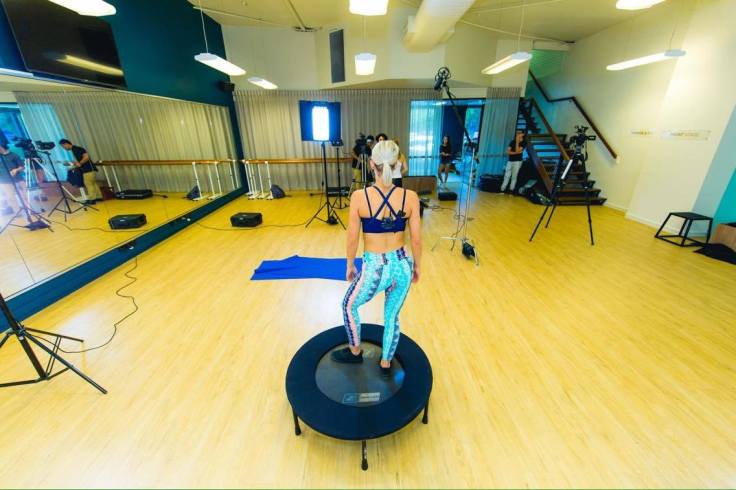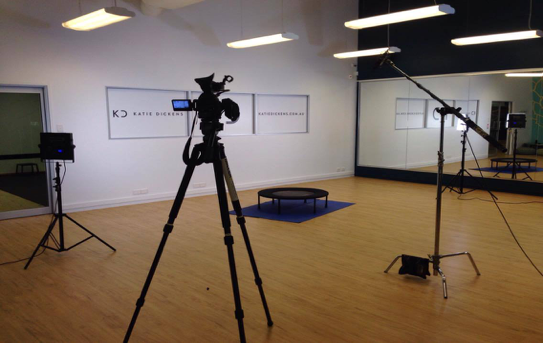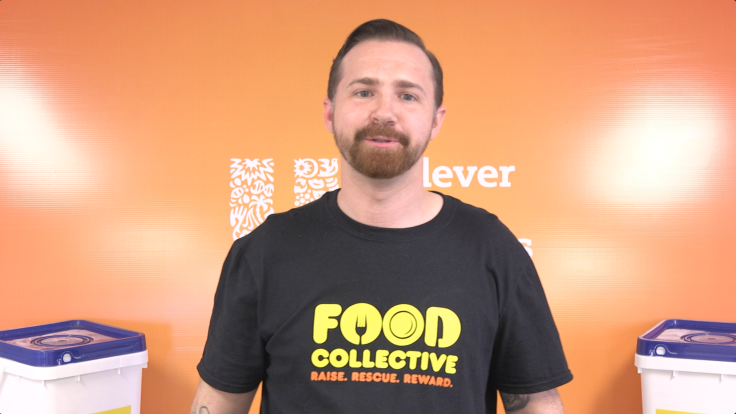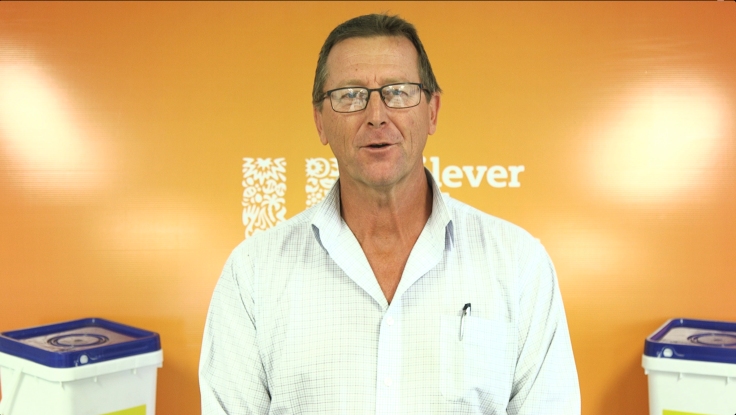Katie Dickens Dance Barre Video
The lighting setup for this shoot was quite tedious at first, but after a lot of trial and error, we managed to get the look we wanted. There has also been quite some distance from our first video we did to our second one.
Screenshot of our first draft of the first video.

Some of the things we addressed from this shoot were that it looked too dry. The lighting was very bland, C-Stand pole was in the shot and you could see cars driving past through the windows.
From this, we decided to put stickers on the windows to not only stop the reflections but also brighten up the atmosphere and create better vibes for the video. We also changed the lighting setup.
BTS shot of our second shoot setup.

Due to consistency and working around the booking schedule we decided to use two Dedo LED’S and a Kino as well as take advantage of the indoor lighting they had in the studio. We decided to bounce two LED’s from both sides directly to the white walls. We also used the Kino as one key light as she would remain stationary throughout the shoot. The reason for the LED lights against the wall is because it helps get rid of the shadows from the Kino and gives her a subtle back-light from the reflective light.
Below is a screenshot from our second shoot.

Location Sound

For this shoot, we decided to use two different options for our sound. We used the lapel, which we hid behind her top, and a boom attached to a C-Stand. Both sources of sound were recorded into the f8 zoom field recorder.
The reason for having two options was because it not only gave us more room in post-production, but it was clear that both sources were always going to have their limitations. The lapel gave great clear sound, however, was prone to some static noises due to the rubbing of the mic with her clothing. Also, the transmitter that was strapped to her top wasn’t the most stable and would shake a lot as she was jumping up and down (although we fixed that with gaffer tape). The boom mic was also decent and gave clear audio, however, it did bring in more echo and picked up more ambiance than the lapel. But it was also always intended to be a ‘back-up’ in case the lapel lost signal.
Camera Setup
For our camera setup, we decided to cover it with two C100 MK II’s and Samyang Prime lenses. We had one master shot with a 25mm lens and a side angle with a 50mm lens both locked down on the tripod. The reason for two cameras is because it adds variety to the workout video and has also helped us “cover up” any screw ups that happens within the workout. We also shot in C-Log and AVCHD to give us more room for post-production.
Second Camera Angle Setup








Recent Comments